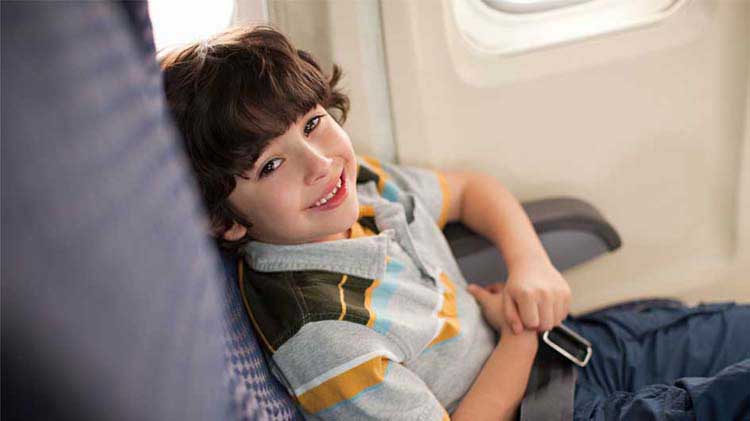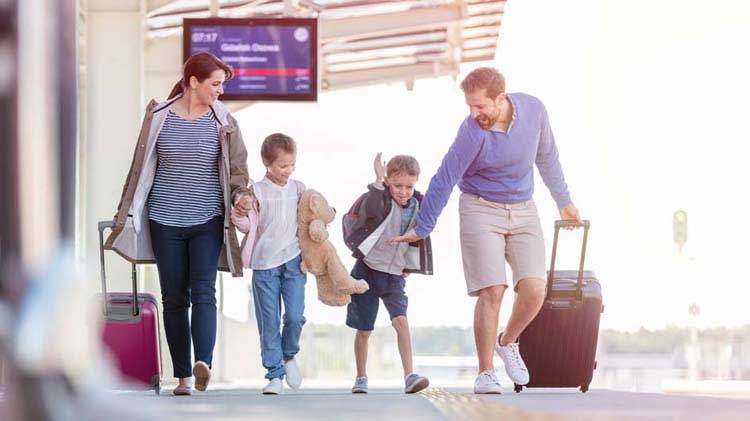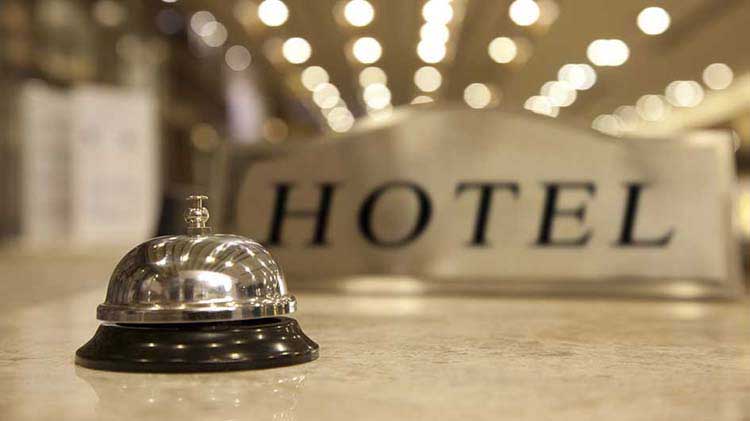Tips for first time flyers
These tips for first time flyers can help you prepare and keep your family and luggage safe.
Flying for the first time can be exciting, scary and overwhelming for some travelers. Crowds, schedules and ever-changing security regulations can make airports a high-stress place. Planning, preparation and practicing safety precautions can help you relax and have a smooth trip.
Plan your first time flying
Booking your flight
If convenience is important to you, you can book a flight directly from the airline of your choice. This usually allows you to purchase your tickets straight from their website or over the phone. Though not as convenient, you can generally save money on your flight by obtaining several bids. You could do this by checking directly with a few airlines or check many at once by using an airfare search site.
How to pack for a flight
Some of your items may need to be accessed by you during your trip or by airport security during the screening process. At the top of this list is your ID for domestic flights and your passport for international flights. Make sure these are current for you and anyone traveling with you. You may want to keep these in a very safe and easily accessible place such as your wallet or purse if you carry one.
Frequently accessed items within your carry-on luggage should be packed on top of other items or in the front pocket for quick access. This reduces the chances of other items falling out as you access them and can reduce the amount of time it takes you to get through the security checkpoint. For most travelers, items to pack for quick access include liquids (consisting of liquids, gels and lotions) and electronic devices. Liquids, gels and lotions have particular TSA guidelines that will need to be followed. Always check large items, such as skis or golf clubs, and sharp items like scissors and pocketknives. If you have questions about what you can pack, call your airline or review this list from the TSA.
Ground transportation
If you need ground transportation at your destination, it can help to research this prior to your trip. Depending on your situation, choices may include a rental car, taxi, ride sharing service, a shuttle provided by your hotel or mass transit (such as a bus, subway system or train). Some commercial bus services may have routes that travel from the airport even to cities a few hours away. Uninsured taxi drivers may try to solicit you, which is illegal. If you're taking a taxi, before accepting a ride, find out if the airport has a taxi stand where authorized drivers will be waiting.
Safety reminders for the first time flyer
Preventing theft
Consider traveling with only a carry-on bag so you can keep an eye on your belongings. If you need to check a bag, choose discreet luggage and secure it with a zip tie or lock approved by the Transportation Security Administration (TSA). Never let anyone other than a uniformed airport employee handle your luggage.
Child safety
Review the security protocol and explain it to your children before you leave for the airport. Help them pack their bags to make sure they don't pack prohibited items. It's recommended that children who weigh under 40 pounds travel in a child safety seat. Check with your airline ahead of time to see what they offer or what you may need to bring. Always keep your children close to you and accounted for at all times. Make sure young children don't wander off and get lost or talk to strangers without you being with them. Have a picture of any children in your care in case they get lost. One way to do this is to take a selfie with you and the children using your cell phone. Make sure they follow any safety standards you expect them to follow at a busy public place, such as who to talk to and where to go if they're lost. If you're traveling with a toddler, it could be worthwhile to read these tips for traveling with a toddler.
Arriving at the airport
Trip timing
Allow plenty of time at the airport. Hurried travelers can forget items at security or leave their boarding pass in the food court. You do not want to miss your flight and with check-ins and security checkpoints, each of which could possibly have large lines and delays, you need to get there early. Plan to arrive at the airport at least two hours before your flight. You should be at the gate roughly 30 minutes early because the boarding gate may be shut 10 minutes or more before the departure time.
Flight check in and departure process
Once at the airport, just go to the departures section and look for your airline's check-in desk. Alternatively, most airlines allow you to check in online, on the phone or a self-service kiosk at the airport, which should save you time. The departures desk attendant for your airline can be a great person to answer last minute questions or concerns you have and can assist with your checked luggage. After that, just go through security and look for the gate for your flight. There are monitors that will show you all the flights and their gates along with the cities of departure and arrival. At some point before your departure time, a gate agent of the airline you're flying will arrive at that gate's desk. In many cases, you'll want to check in with them and then just wait until they call for your seating zone to board.
In case there are questions or delays during your trip, it may be worthwhile to keep the customer service number for your airline in your phone or written down. We hope you enjoy your flight!




